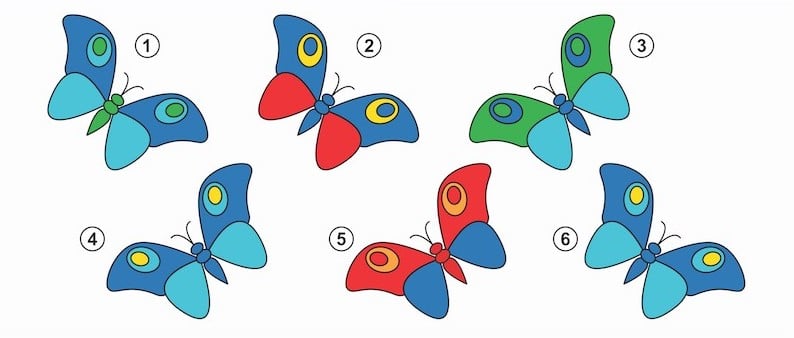
When children struggle with visual processing issues, it can profoundly affect the way they learn. While most parents and teacher naturally think of vision problems as being related to the eyes themselves, brain function is also a critical part of understanding what is seen. Visual discrimination is just one aspect of visual processing, but it can have a big impact on your child’s development.
What Is Visual Discrimination?
Visual discrimination is the ability to discern differences between two different things. This skill comes up more than you may think in daily life. For example, it’s an important part of reading, as letter recognition can be hindered when a child has trouble seeing the difference between a "K" and an "H" or words like "was" and "saw." It’s likewise important for using numbers and for succeeding in a whole host of social interactions, including game play and making good choices.
How to Detect Visual Discrimination Problems
You’ll need professional testing to sort out the exact causes of child’s learning troubles, but visual processing problems in general and visual discrimination problems in particular often have some tell-tale symptoms to look out for:
- Your child confuses letters and numbers
- Your child has trouble enjoying highly visual activities like puzzles or reading
- Your child loses his or her place while reading aloud
- Your child has trouble finding information during open book quizzes
- Your child has trouble telling picking out details and differences
These symptoms can signify other problems as well, so it’s a good idea to ask for help at school to get to the bottom of the cause of these issues.
Activities to Remediate Visual Discrimination Weaknesses
Your child may need extra practice to build visual discrimination skills. Fortunately, these activities can be fun. For example, play Highlights Magazine’s Hidden Pictures to encourage your child to take in subtle variations in artwork to improve visual discrimination. Sorting and matching games also provide hands-on ways to practice these skills. For example, have your child help sort game pieces and small toys by color or shape or have them help you pair socks while folding laundry.
For variations on these themes, look for matching games that include an object and its shadow or tell the difference between shapes that are rotated at different angles. There are many printable worksheets online to explore as well: Try keeping a few in your bag for downtime on car rides or waiting in line. With a proper diagnosis and encouraging practice, your child can work through visual discrimination issues to stay on track at school.

Contact us today to schedule an assessment. You can also view the research and results of the program on the website.